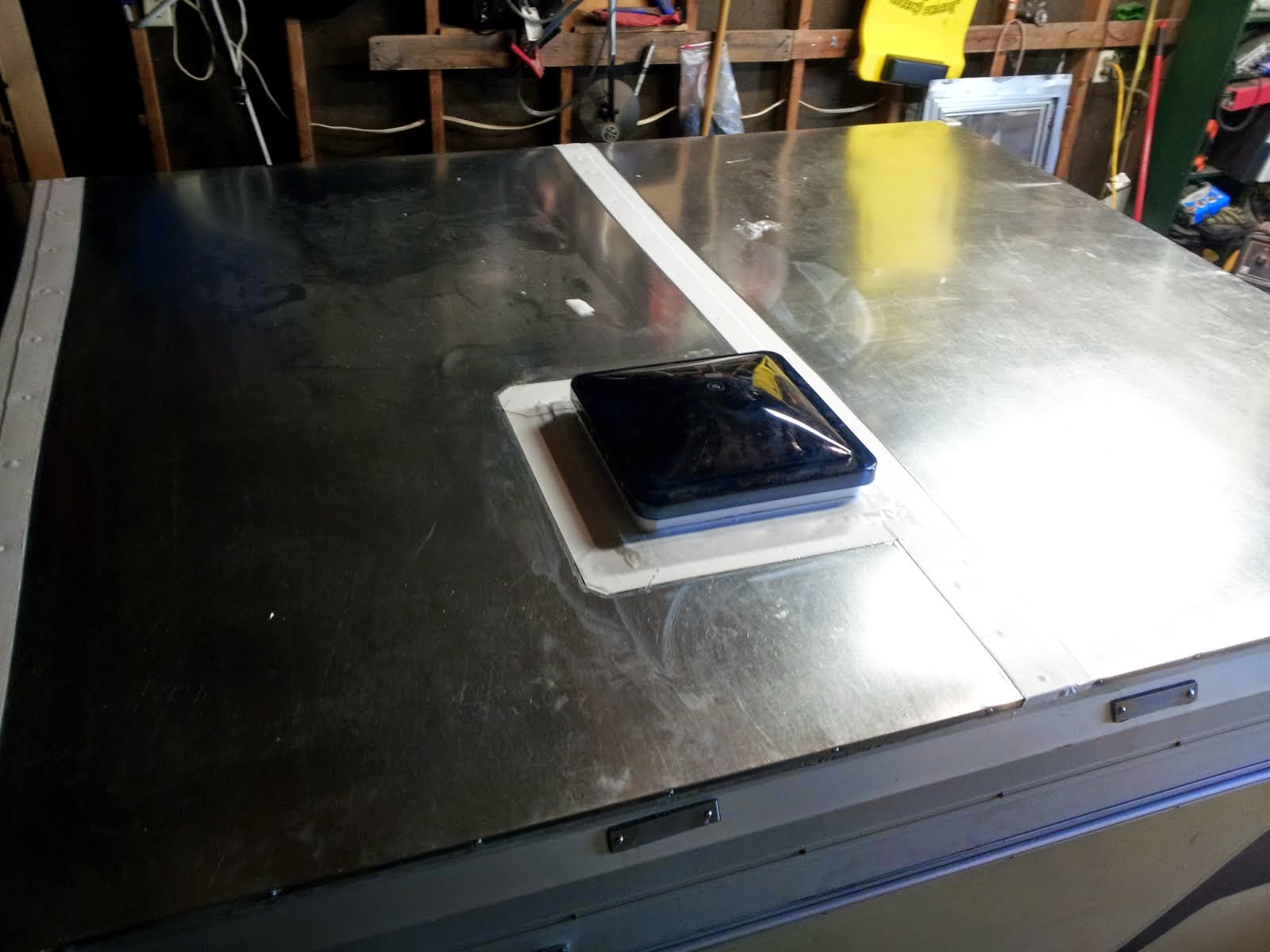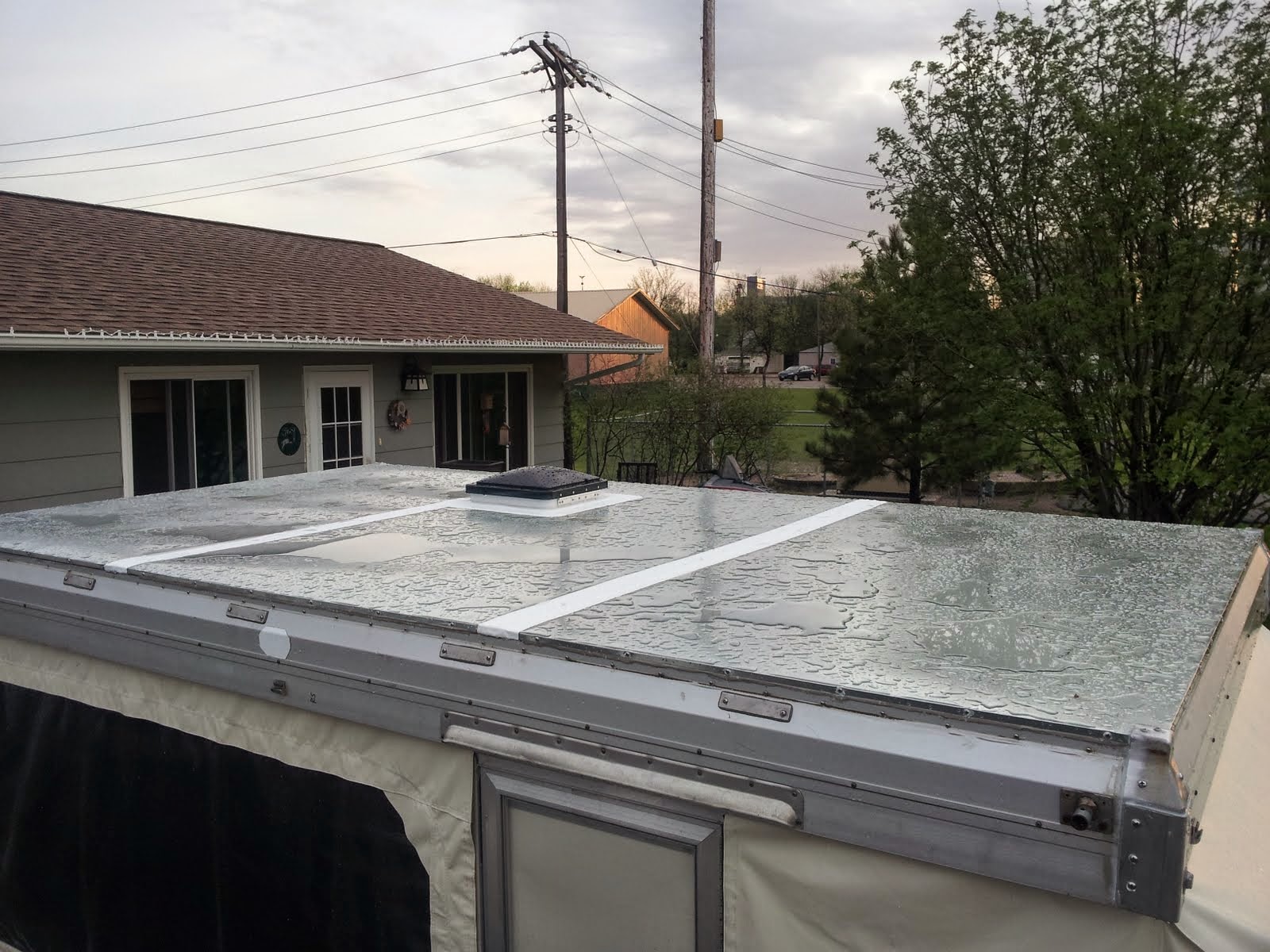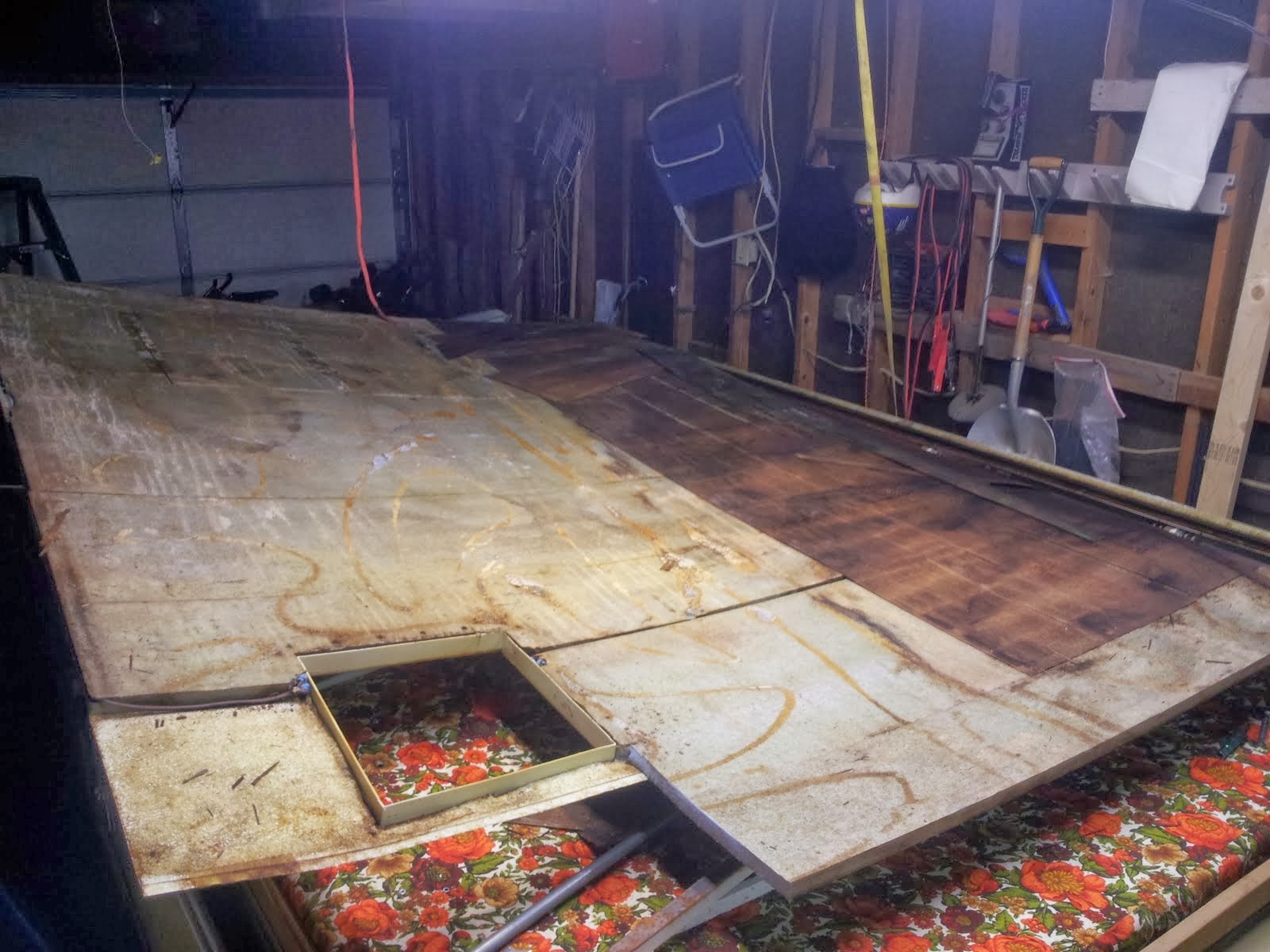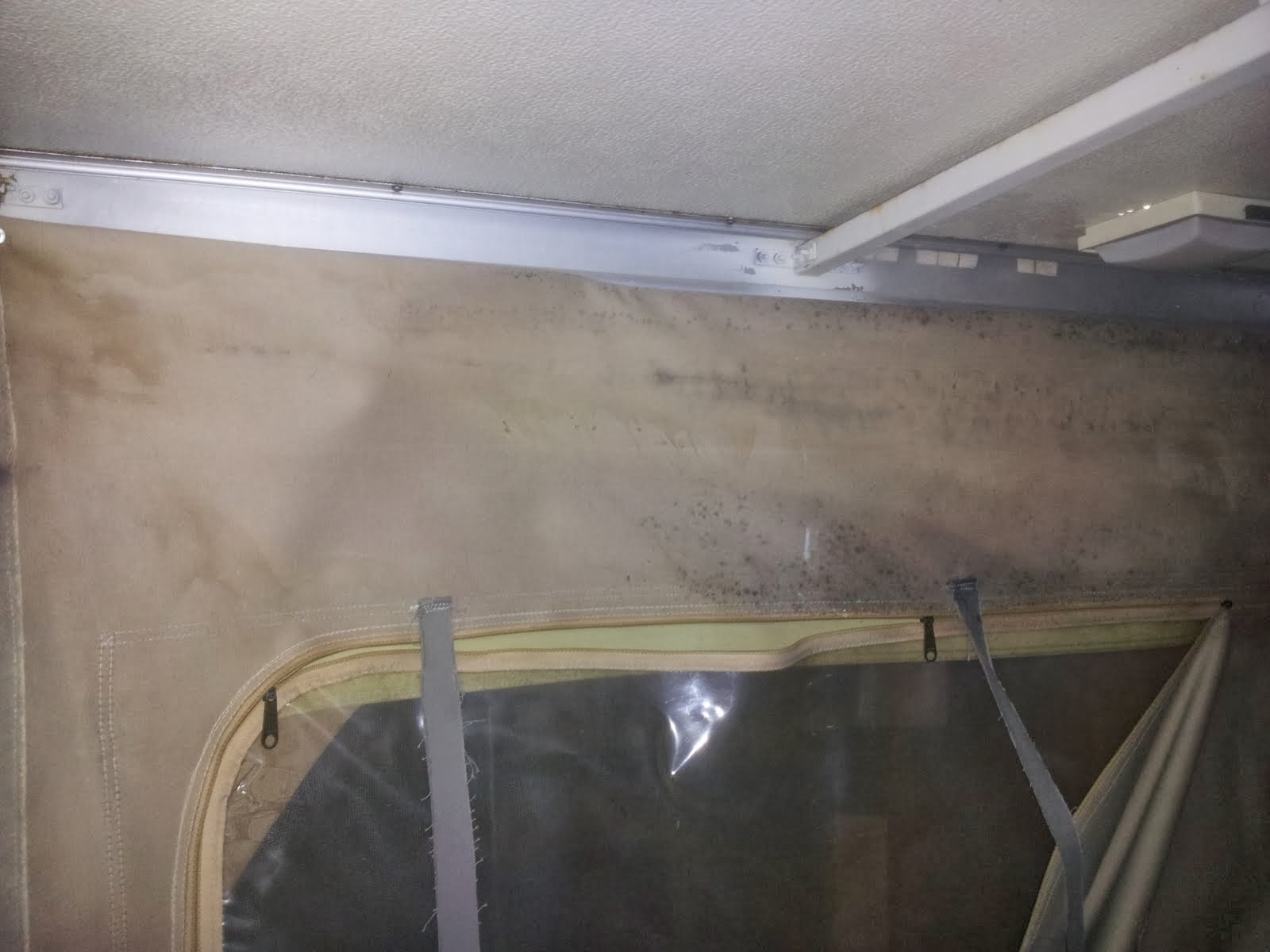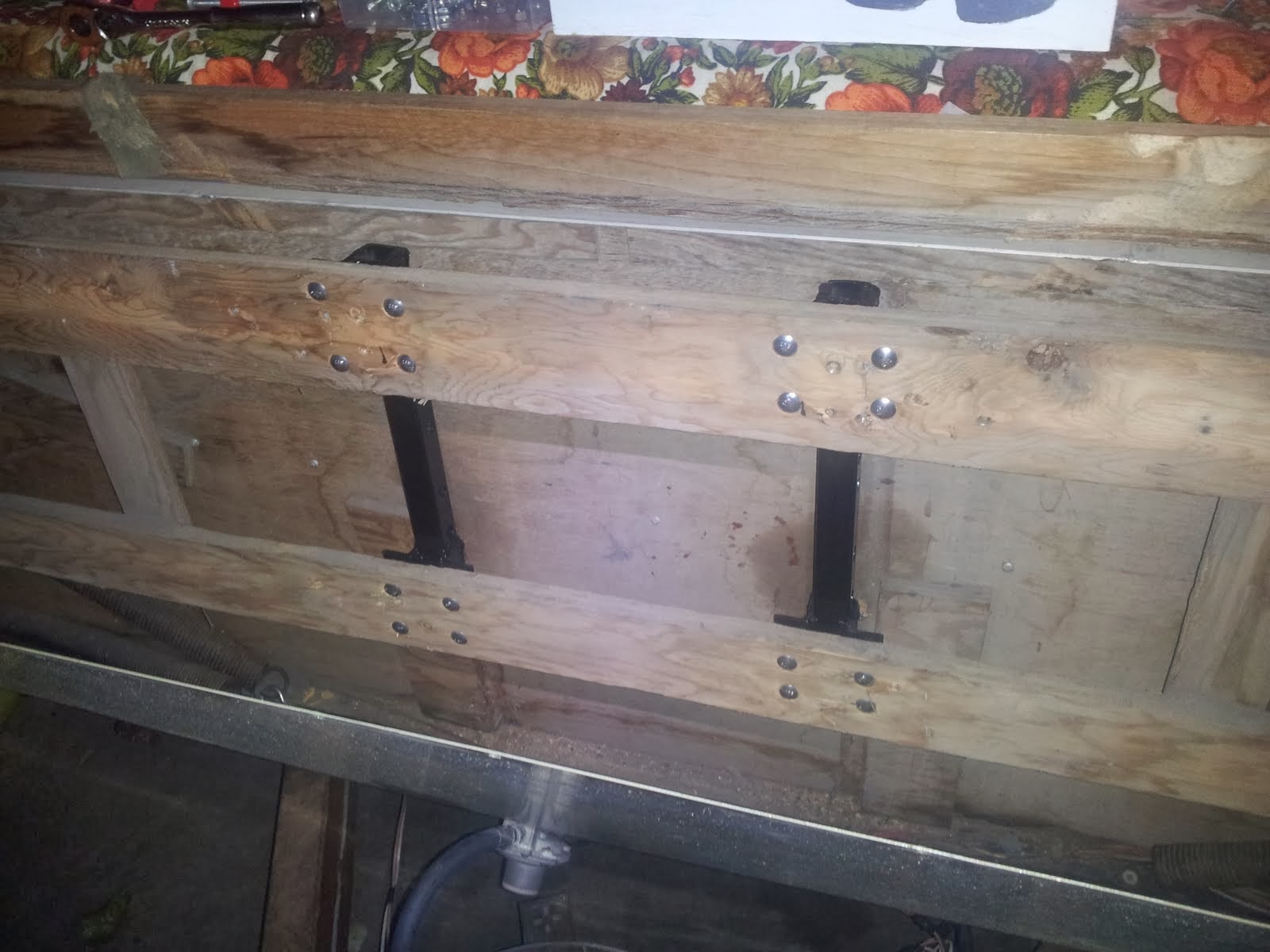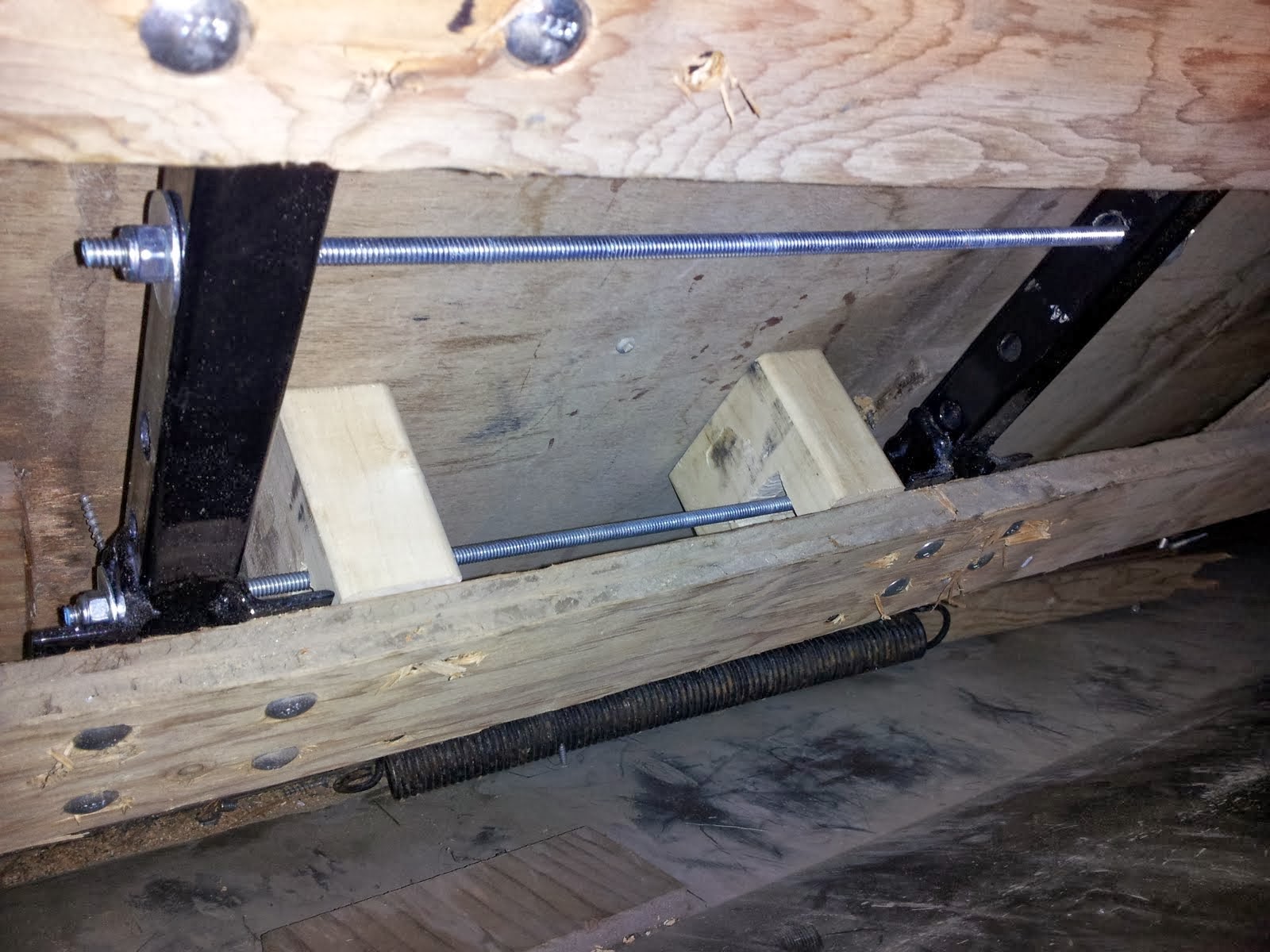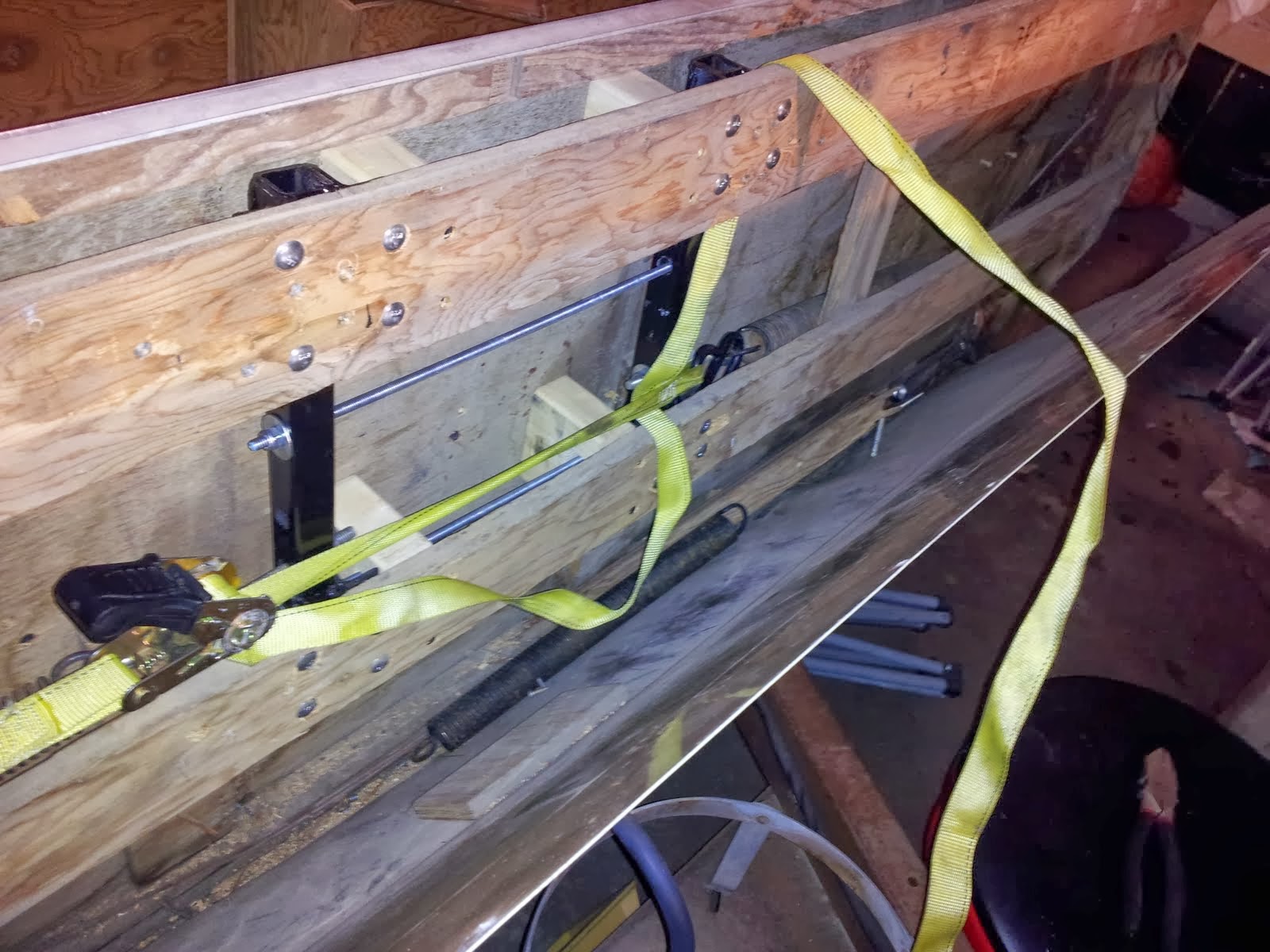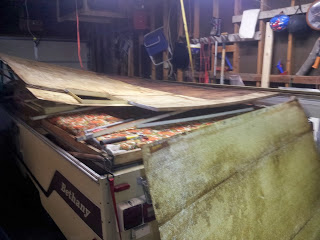Sheet metal roof panel and 90 degree bent edges.
First, I put the two end panels on. I used butyl tape to seal the perimeter to the roof rails and prevent water ingression there. Then I was able to install the exterior corner brackets for the roof. These are what the bolts for the lift system are fastened to. The original brackets were cast Aluminum and had broken or cracked due to the stresses from the lift system. I had a local shop make corner pieces from stainless steel that will fasten through these brackets to the aluminum roof rail to better handle the stress.
Original corner bracket. This is the only one of four that wasn't cracked. The two rear ones were missing most of the metal under the larger bolt hole.
The center piece of the roof lays on top of the two ends and forms two lap seams. I used Eternabond double stick tape to seal the gap between the panels on each seam, fastened them down along the seam with stainless screws, and applied Eternabond roof seal tape over that. Then I used Eternacaulk to seal up the edges of the tape. Before each of these steps, I cleaned the area with acetone. I used the same process to seal the roof vent down. The Eternabond tape is a PITA to work with in my opinion for the same reasons that works great. It is extremely gummy and tacky. It will stick to everything it touches on the way to installing it where you want. It also gums up scissors while cutting. Keeping the roll in the freezer helps all of this. The Eternacaulk product sticks very well and seems to stay flexible, and will hopefully stand up to the wind and such while the camper is in transit and protect the tape from detaching.
Roof vent installed on roof.
After finishing the roof up and giving the caulk a few days to cure, I was finally able to park it in the driveway and not worry about rain. Wouldn't you know it, a few hours after I brought it out a large rainstorm came through. I hung out in the camper during the storm and the roof held up well. The canvas not so much. According to the directions, it needs a couple wet/dry cycles for the stitching to settle in and seal.
The roof after a rainstorm. I think the water pooling will improve as the oil residue from the shop wears away. It doesn't seem to do this near the seams where I cleaned the oil off.
Something I was semi-aware of when building this roof was weight. I needed to keep it down in order to avoid overwhelming the lift system. I kept weight in mind when choosing materials, but with the 26 ga. roof panels it became a bit too much. It is not impossible to raise the roof up, but it isn't the one finger lift Bethany had in mind when they designed this. I went through and tightened up all the springs on the lift system, which did help, but it still requires a fair bit of strength to get the roof up. This isn't something I would want my grandparents doing. So if anybody else is doing this, it may be worth trying to do a better job of weight control than I did.
Just when I thought the roof/ceiling was all finished I found another issue. I had left the camper set up in my driveway and upon returning home from work found that the plastic panels that made up the ceiling had come unglued and were drooping down, along with the wiring raceway attached to it. For anyone else attempting this, DO NOT USE THERMOPLASTIC WALL PANELS for anything. Temperature has a huge effect on them. Thermal growth is massive and glue just doesn't stick to them well at all. I should have known right away but the wild temperature swings in an RV just aren't a good environment for these Anyway I ripped them all out and installed plywood wall panels. They are too thick to fit in the groove around the perimeter of the roof, so I had to screw them to the underside of the groove. It doesn't look as nice as I wanted it to, but it's functional and not too bad. Ideally I would have used steel or aluminum paneling as was done originally, but it was prohibitively expensive and hard to find. The original panel was rusty and gross so re-using it wasn't an option either. I now have a stable ceiling anyway so I'm happy.
